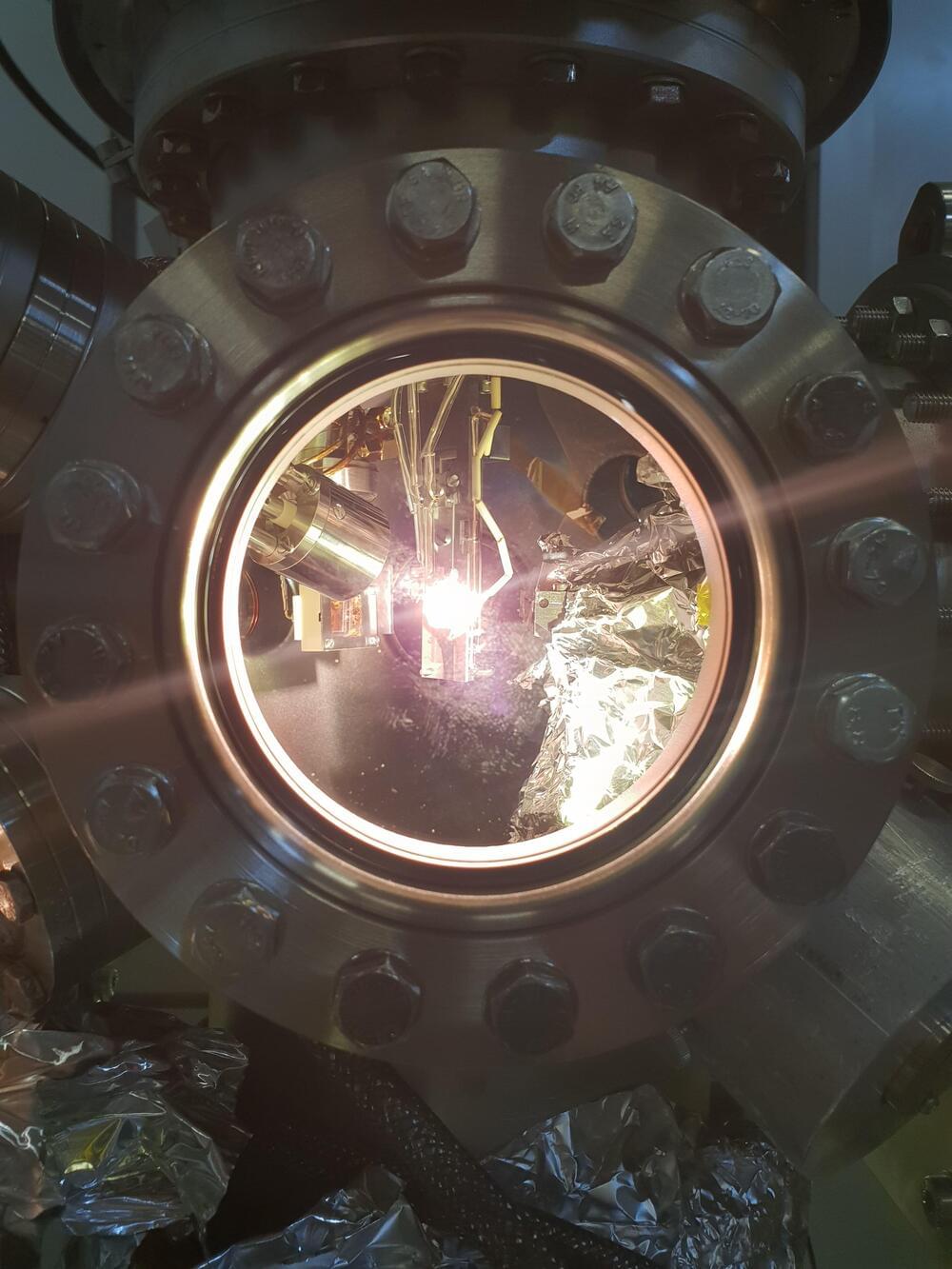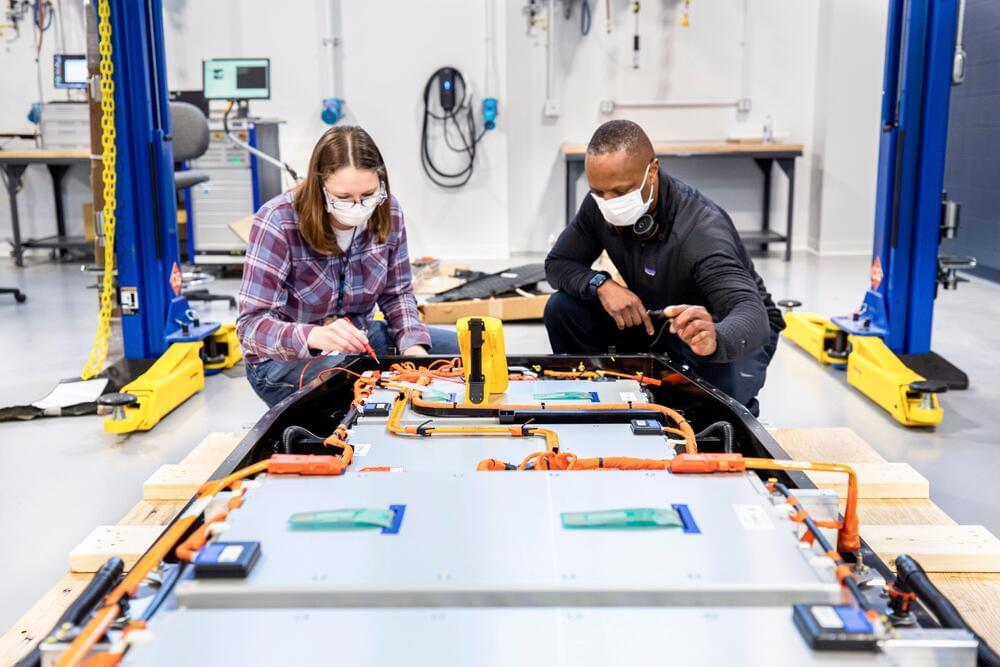SambaNova Systems, a company that builds advanced software, hardware, and services to run AI applications, announced the addition of the Generative Pre-trained Transformer (GPT) language model to its Dataflow-as-a-Service™ offering. This will enable greater enterprise adoption of AI, allowing organizations to launch their customized language model in much less time — less than one month, compared to nine months or a year.
“Customers face many challenges with implementing large language models, including the complexity and cost,” said R “Ray” Wang, founder and principal analyst of Constellation Research. “Leading companies seek to make AI more accessible by bringing unique large language model capabilities and automating out the need for expertise in ML models and infrastructure.”









